- Prepare for a thought-provoking perspective on glute-targeting exercises. While it might spark some debate, there’s an honest belief that the sumo deadlift reigns supreme in this domain.
- In a fitness world where hip thrusts and at-home workouts steal the limelight, a unique approach to the sumo deadlift could reshape your view on this remarkable exercise.
- The hip thrust has a strong claim to the throne when it comes to engaging the glutes. Its continuous, pronounced glute-squeezing motion is incredibly effective at activating those muscles.
- However, there are a couple of significant drawbacks to the hip thrust that can’t be ignored.
Drawback #1: Plate Trouble
The first issue is dealing with the weight plates. As you progress and lift heavier weights, you need to load more weight plates onto the barbell. This can become quite a logistical challenge, as managing and stacking plates, especially when they are heavy, can be a hassle. It’s not uncommon for individuals to find it inconvenient and time-consuming to add and remove plates between sets. This inconvenience alone can be a major deterrent, especially if you’re a fan of efficiency in the gym.
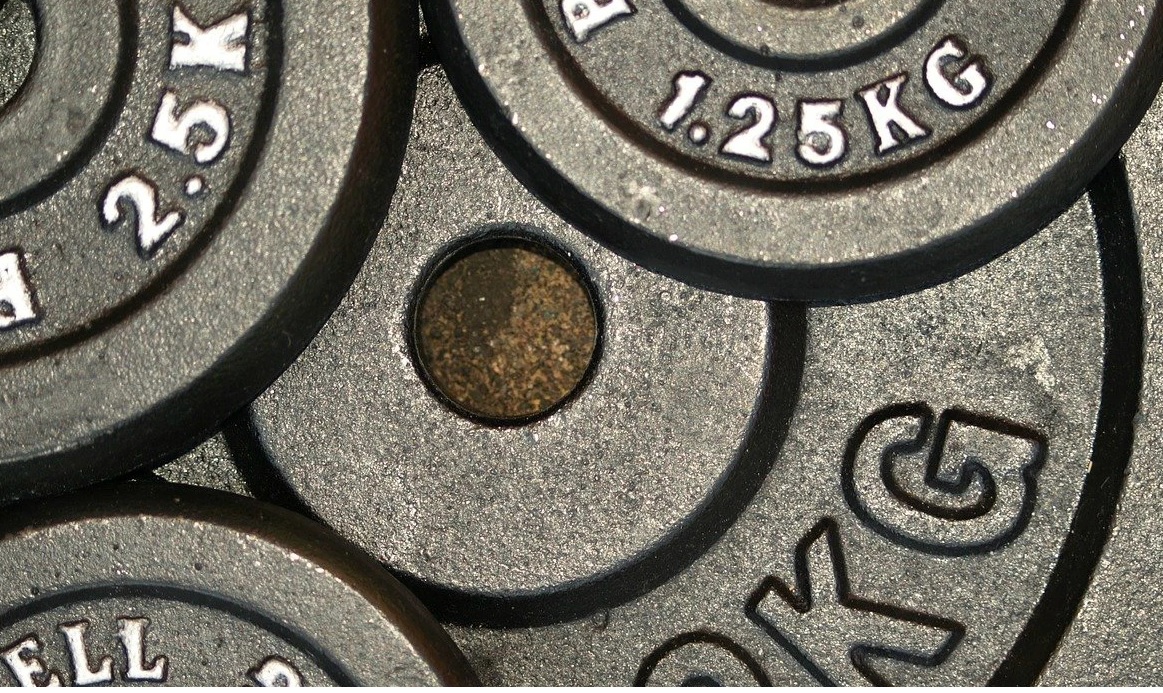
Drawback #2: Uncomfortable Bar Position
Now, let’s address the elephant in the room – the bar placement during hip thrusts. No matter how many foam pads you use, that bar has a knack for finding the most uncomfortable spots around your pelvis and it doesn’t make for a pleasant experience.
But what if there’s a way to harness the essence of the hip thrust and bring it over to the sumo deadlift, creating a fantastic glute exercise that not only avoids these pitfalls but also introduces some unique benefits?
The Sumo Deadlift Transformation
The sumo deadlift can be a powerful tool for targeting your glutes when approached differently. This innovative approach combines the best elements of hip thrusts with the sumo deadlift, resulting in a highly effective glute exercise.
So, let’s get into the details of this game-changing exercise.
Specific Muscle Targeting in Exercises
- One common mistake when trying to build muscle is not being specific about which muscles you’re targeting during exercises. For example, rather than simply thinking about squatting to “train your legs,” it’s more effective to focus on the specific muscles you want to work.
- In the case of squats, your target muscles can change based on your stance and form. High bar squats with a narrower stance primarily work your quadriceps, while low bar squats with a wider stance put more emphasis on your glutes.
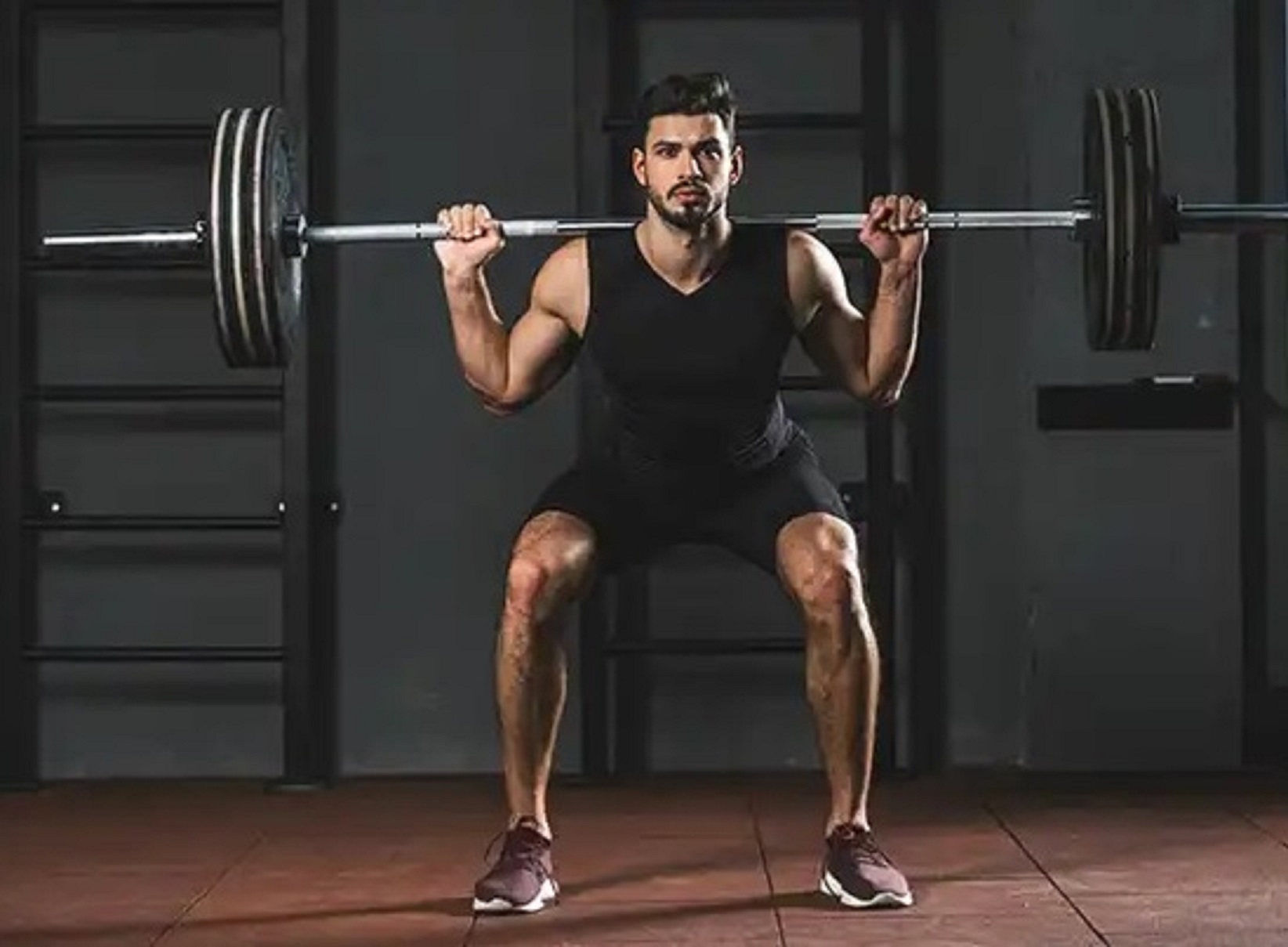
- For glute-focused exercises, prioritize activating your glutes and avoid getting too concerned about your grip strength or lower back. When setting up for these exercises, ensure your feet aren’t too wide apart, as this can limit your ability to activate your glutes effectively.
Setting Up for the Sumo Deadlift
Before we dive into the ongoing debate, it’s essential to establish the correct form and setup for the sumo deadlift.
Optimal Footwear for Sumo Deadlift:
- The choice of footwear is critical in strength training because it directly affects your safety and performance during exercises like the sumo deadlift.
- Proper shoes provide the necessary stability and support, while the wrong ones can lead to discomfort, lack of stability, and hinder your overall lifting experience.
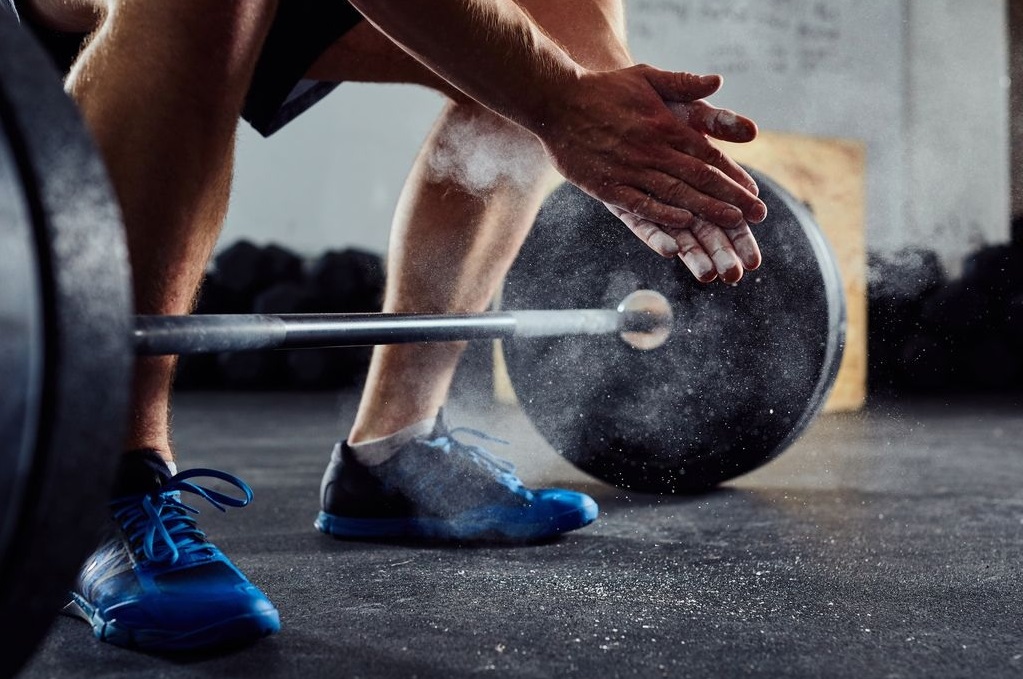
- It’s advisable to steer clear of typical athletic shoes when performing sumo deadlifts, as they are often not designed to offer the specific benefits needed for this exercise, such as a solid base and good grip.
Barefoot Approach:
Many lifters have discovered the benefits of training barefoot or using minimalist options such as Costco socks. Let’s explore the advantages of this approach:
- Enhanced Stability: Lifting with minimal or no cushioning and elevated heels creates a direct connection between your feet and the ground. This connection enhances your stability, balance, and proprioception during the lift, making you more attuned to your body and the bar. This is instrumental in maintaining proper form and control.
- Improved Biomechanics: Opting for barefoot or minimalist footwear promotes a more natural foot positioning, leading to more efficient biomechanics, especially beneficial in the sumo deadlift. It facilitates even weight distribution and the generation of power from the ground up.
- Reduced Risk of Injury:Training with minimal footwear reduces the risk of injuries, such as ankle strains or twists, by promoting a more natural and balanced lifting position.
Leveraging the Power of Lifting Straps
Strap Up: Why Use Lifting Straps?
Grip Strength Support: The sumo dead lift places considerable demand on your grip, especially as you progress to lifting heavier weights. Lifting straps come to your aid by offering the grip support you require.
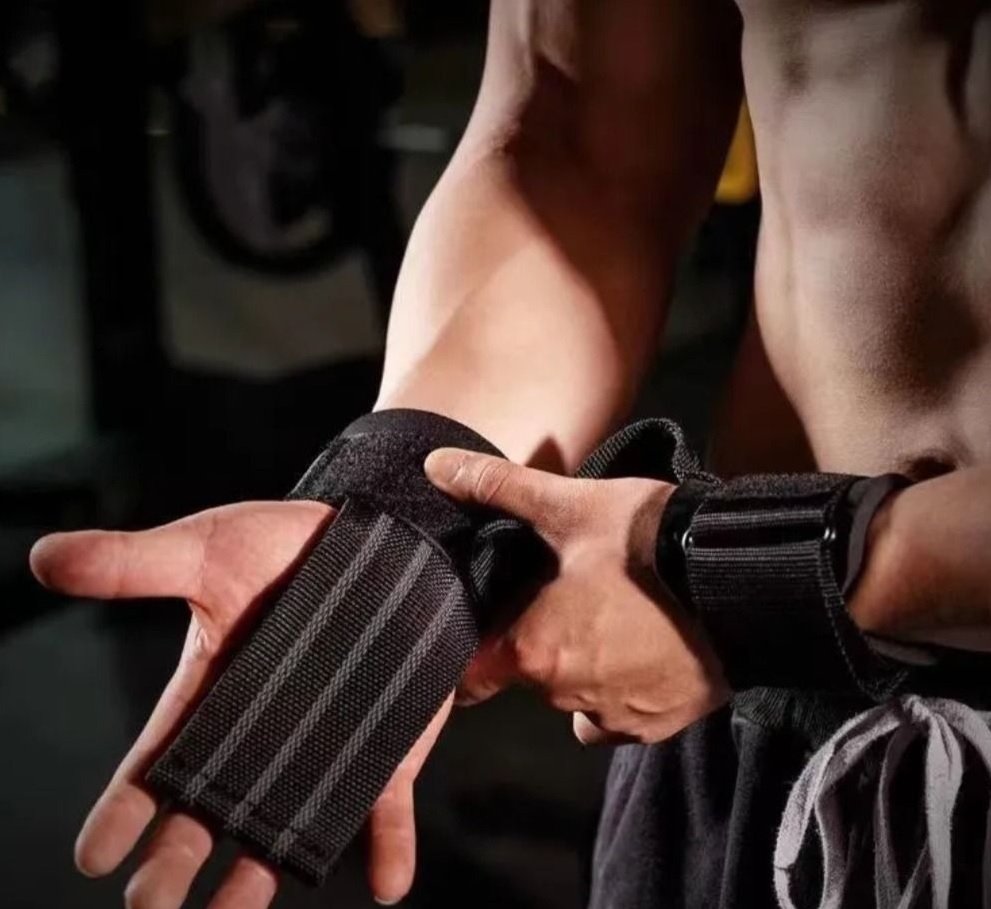
- Lower Back Relief: Executing the sumo deadlift with proper form involves maintaining a strong, neutral spine and a tight core. However, adhering to this form may occasionally lead to over-activation of the lower back. Lifting straps come to the rescue by enabling you to pull from a more upright position. This adjustment reduces the strain on your lower back and shifts the workload to your glutes, where it belongs.
- Targeted Glute Activation: Lifting straps enable you to focus entirely on contracting and activating your glutes. This precise focus on your glute muscles is essential for muscle growth, ensuring that every repetition effectively targets your glutes without compromise.
Mastering Foot Positioning in the Sumo Deadlift
Achieving the perfect foot positioning is important for a successful sumo deadlift. It not only determines your biomechanical advantage but also plays a pivotal role in which muscle groups are engaged.
- Wider Stance for Stability and Power: A broad stance is the key to maintaining unwavering stability during the lift. The increased width creates a robust foundation that allows you to balance the load and generate power with maximum efficiency. This stability becomes indispensable, particularly when dealing with heavy weights and striving for overall excellence.
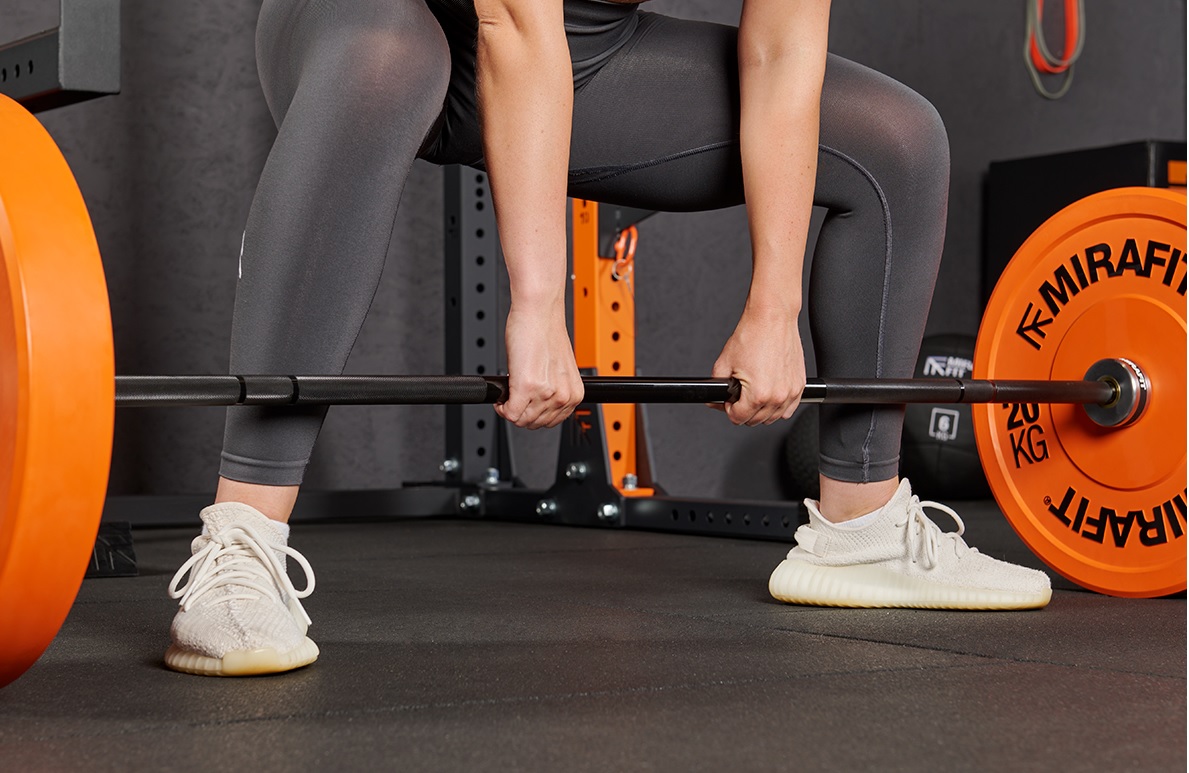
- 45 to 60 Degrees: Outwardly angling your feet at around 45 to 60 degrees is the great spot for galvanizing your glutes. This angle compels you to drive your knees outward as you lift, setting up the ideal biomechanical conditions for optimal glute engagement.
- Driving Knee Outward: The outward knee movement holds immense importance as it aligns the force vector precisely with your glute muscles. Simultaneously, it diminishes the participation of the quadriceps, ensuring that your glutes take center stage during the lift.
Mastering Sumo Deadlift for Glutes
- The sumo deadlift stands out as an exceptional exercise for targeting and strengthening the glutes, thanks to its unique form and technique. Central to this technique is the deliberate limitation of knee extension, a concept similar to how a fixed elbow position during lat pull-downs isolates the lats.
- By keeping the knees in a fixed position, the sumo deadlift shifts the emphasis away from the quadriceps and squarely onto the glutes, making them the primary movers during the lift.
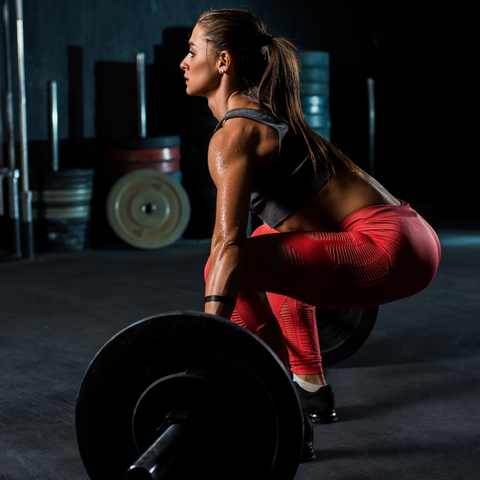
- This unconventional form redefines the lockout, making it about fully flexed glutes rather than extended knees, ushering in a new dimension of contraction that maximizes glute activation.
- To achieve this unique form, maintaining a constant bend in the knees is crucial, ensuring that glute activation takes the spotlight. The rotational motion at the hips further channels force through the glutes, making them the focal point of the lift.
- Resetting after each repetition becomes an essential part of mastering this technique. It guarantees the maintenance of the fixed knee position, limiting quad involvement, and optimizing glute activation.
- Additionally, resetting ensures that the back muscles are effectively engaged to provide the necessary support, maintain proper form and evenhelps with weight distribution.
- The modification in the exercise technique means that the point of completion or the top of the contraction will no longer be determined by having fully flexed quads and locked-out knees. Instead, it’s now defined by having fully flexed glutes, which can be a bit more challenging and potentially painful.
- To achieve this new form, it’s helpful to maintain a consistent bend in your knees throughout the movement. Additionally, focus on the sensation of rotating over the top of your hips while lifting the weight. This may sound unconventional, but it’s an effective technique to ensure maximum glute engagement and overcome the unfamiliarity of this modified exercise form.
Optimizing Rep Ranges for Glute Workouts
- Rep ranges are a critical component of your glute-focused workouts, allowing you to fine-tune your training for specific goals. Whether you aim to build strength or endurance in your glutes, understanding the significance of rep ranges can make a substantial difference in your journey to better glutes.
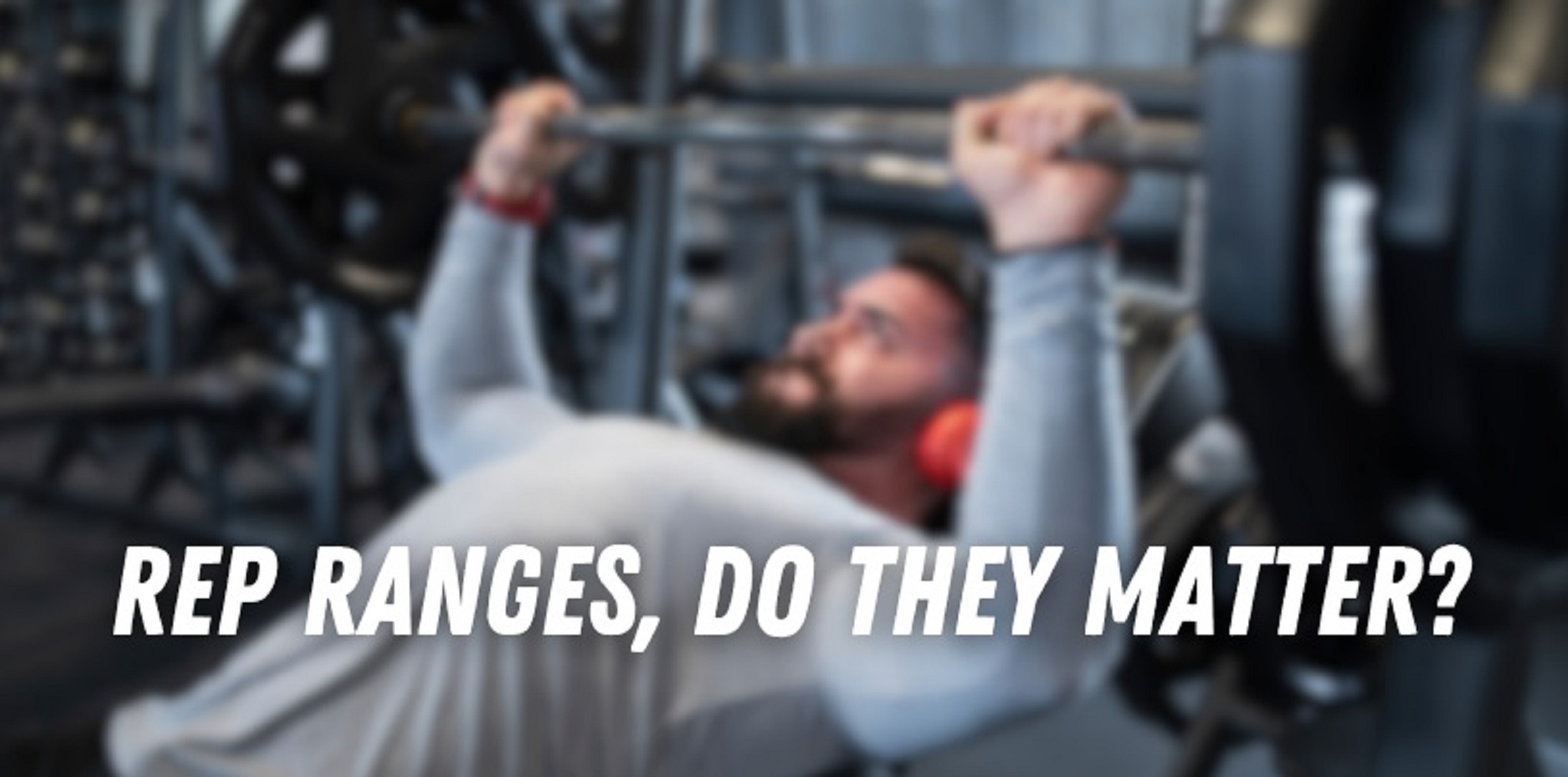
- When it comes to rep ranges, lower reps (typically 1 to 6) are ideal for those aiming to challenge and strengthen their glutes. Conversely, higher rep counts (30 or more) provide a unique challenge, enhancing endurance and creating an intense burn in your glutes.
- Employing a balanced strategy involves periodic shifts between heavy lifting for strength and high-rep sets for endurance, a technique known as periodization. This approach ensures that your glutes adapt and grow in various ways, keeping your training diverse and effective.
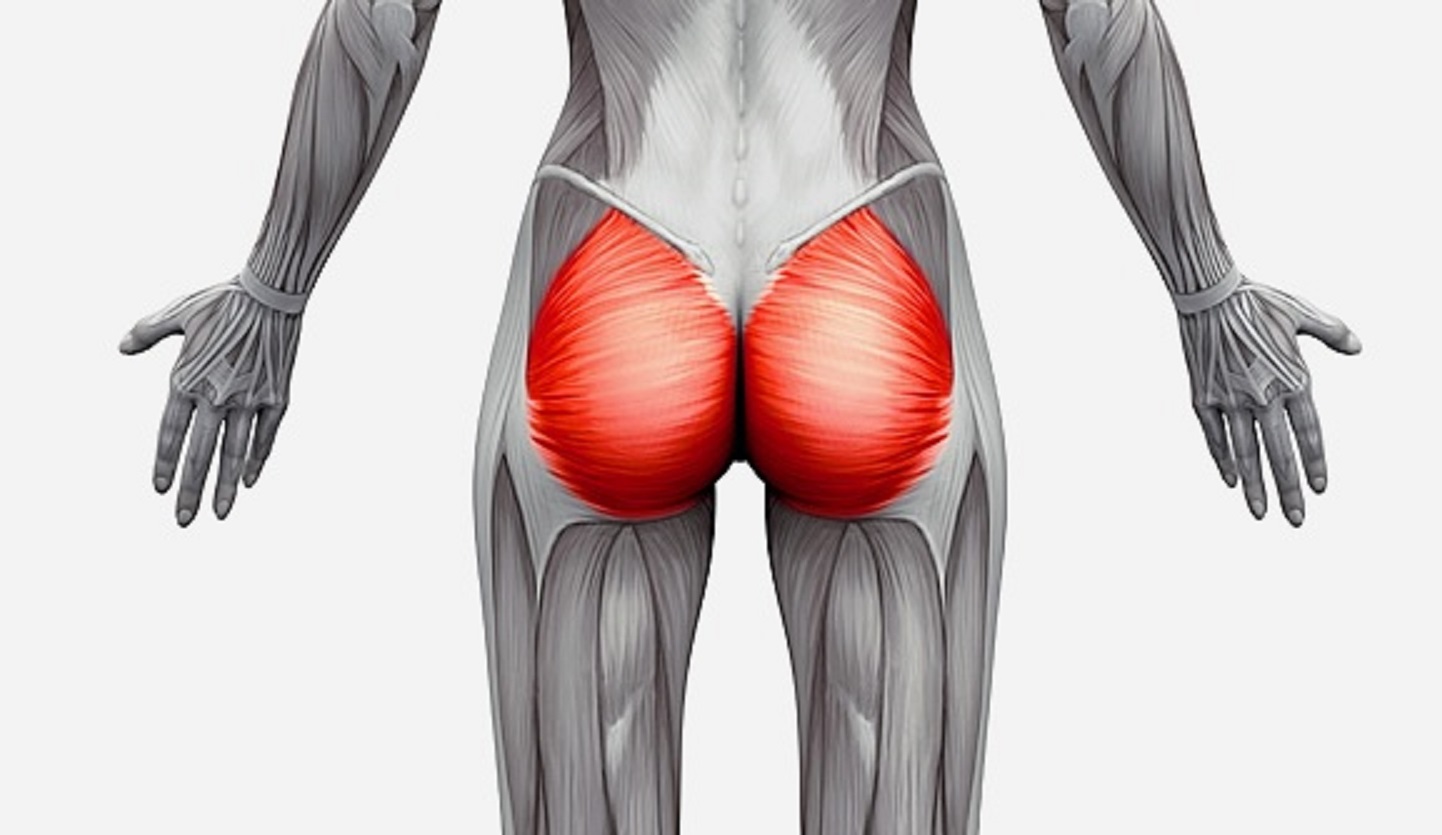
- Additionally, introducing variation in your rep ranges prevents training plateaus and allows for a more exciting and productive glute transformation journey. Personalization is the key, allowing you to adjust your rep ranges to align with your specific goals and tailor your training to prioritize strength, endurance, or overall glute development.









